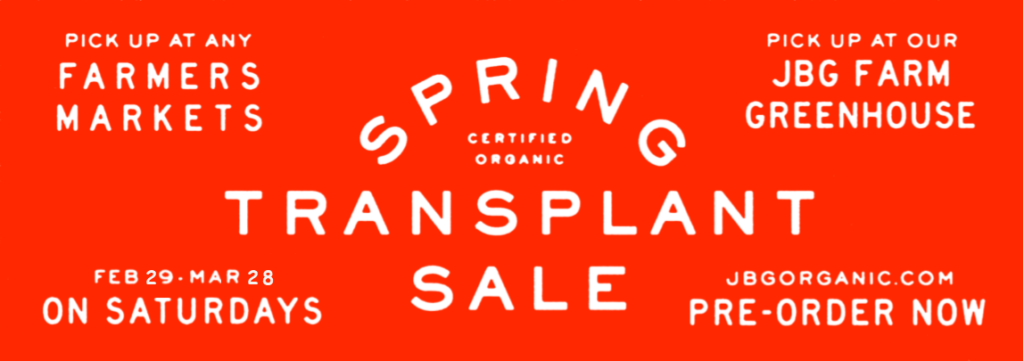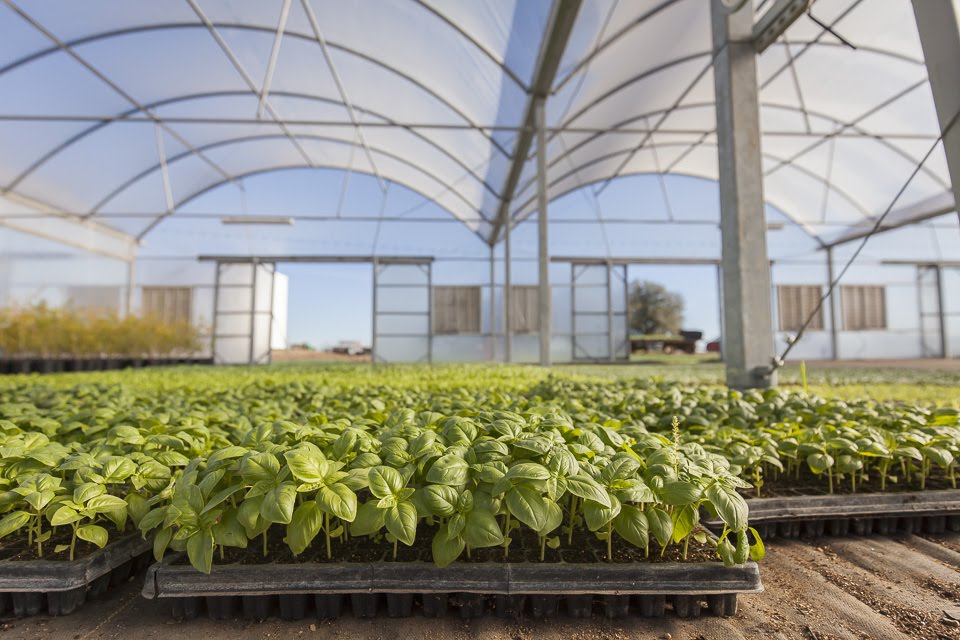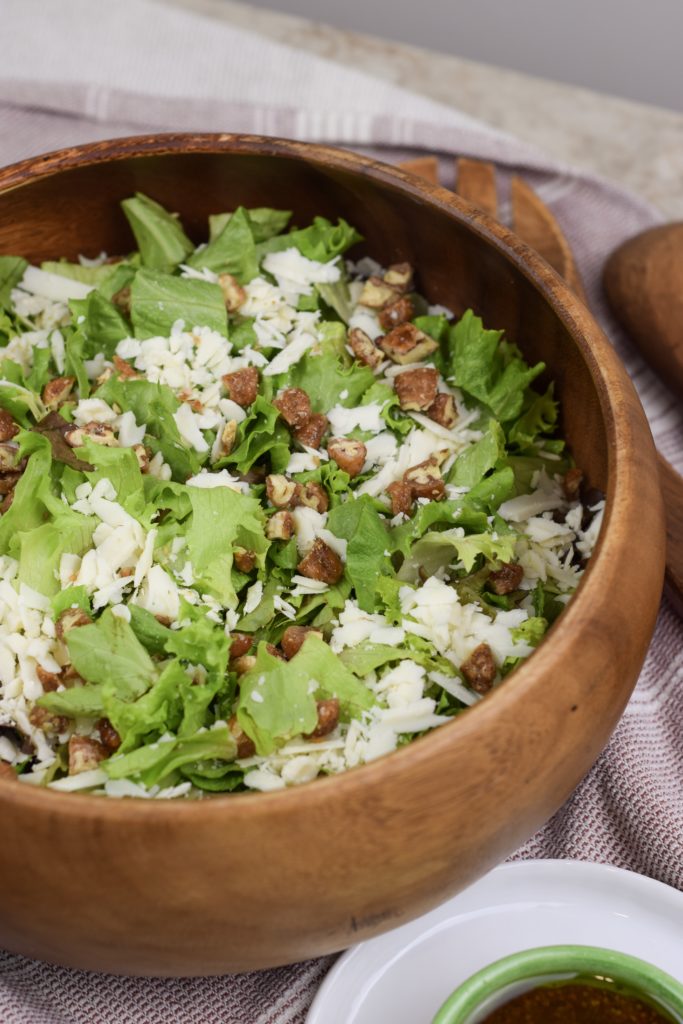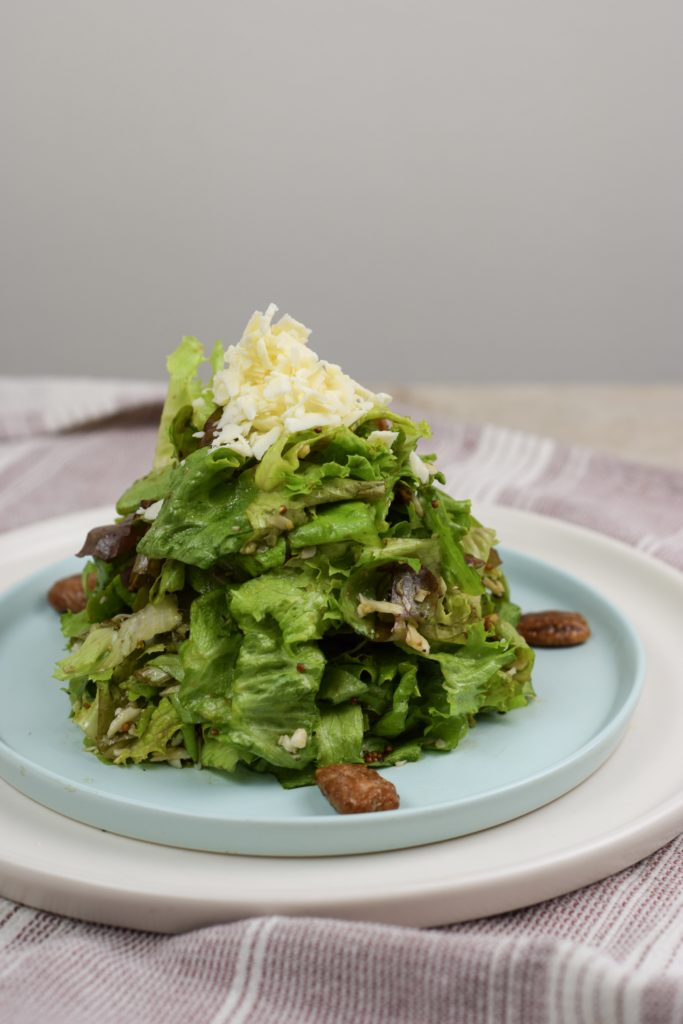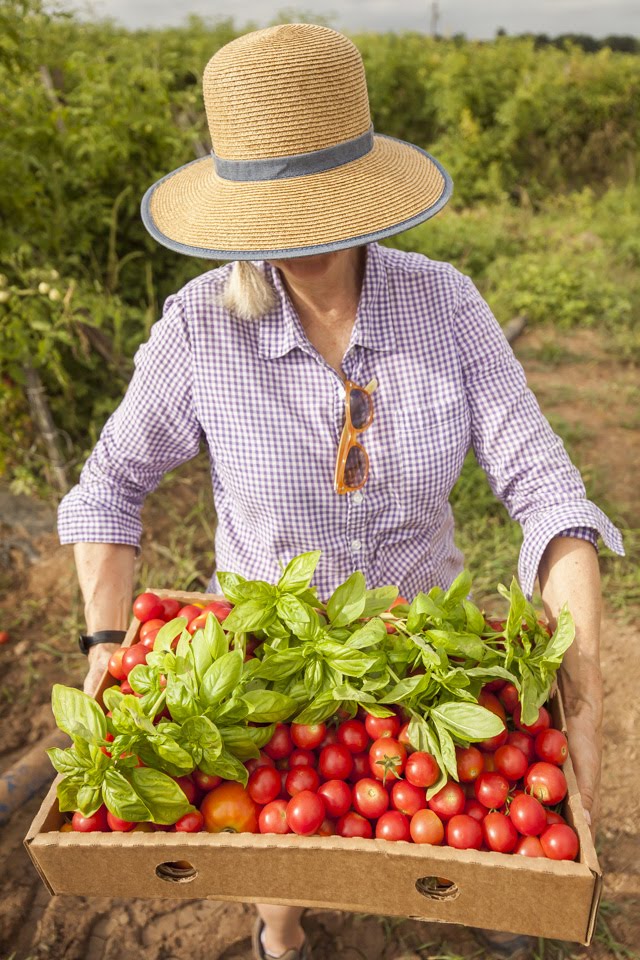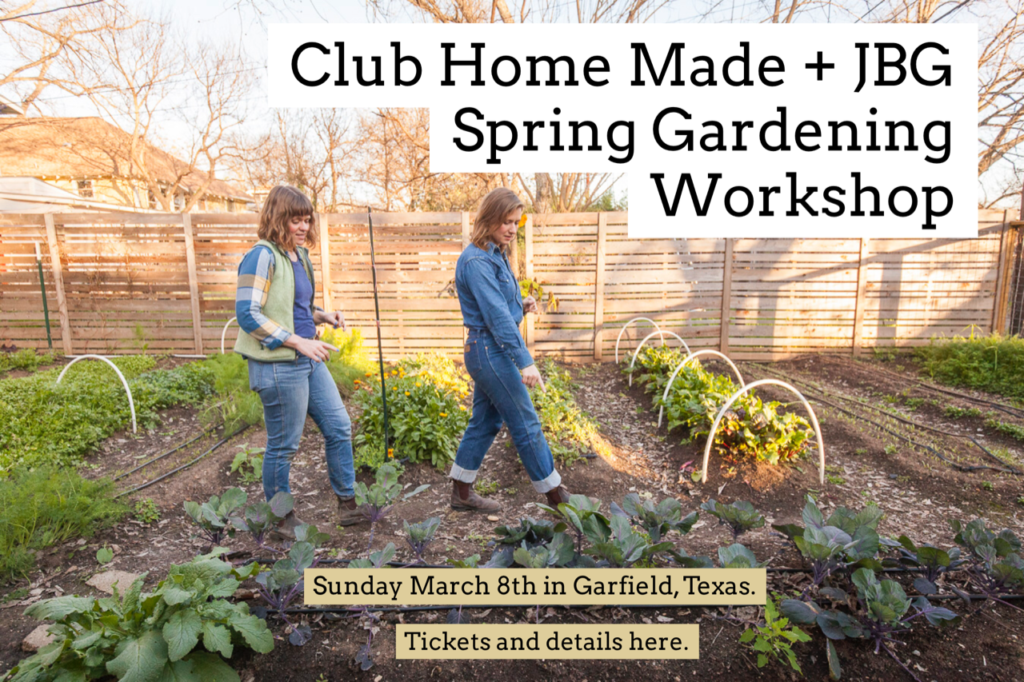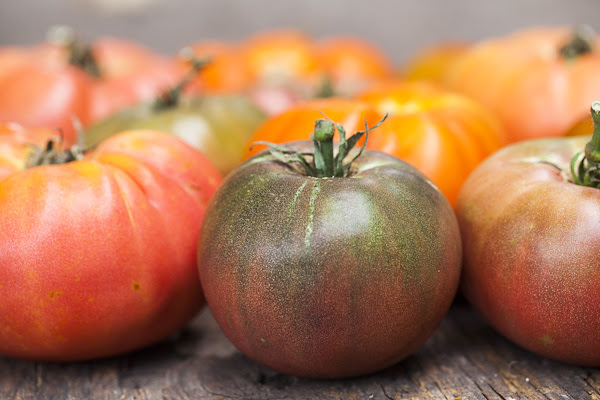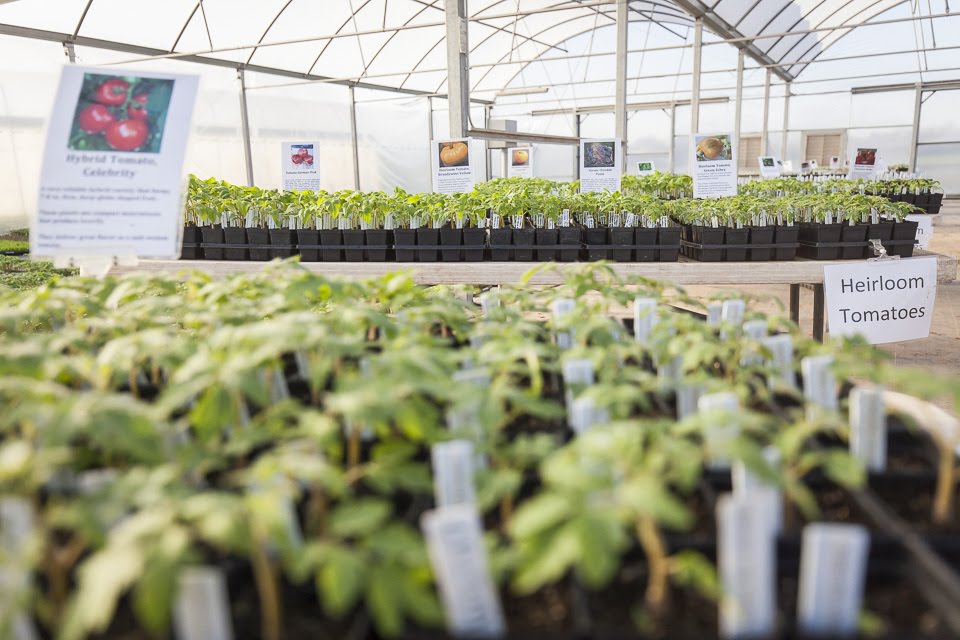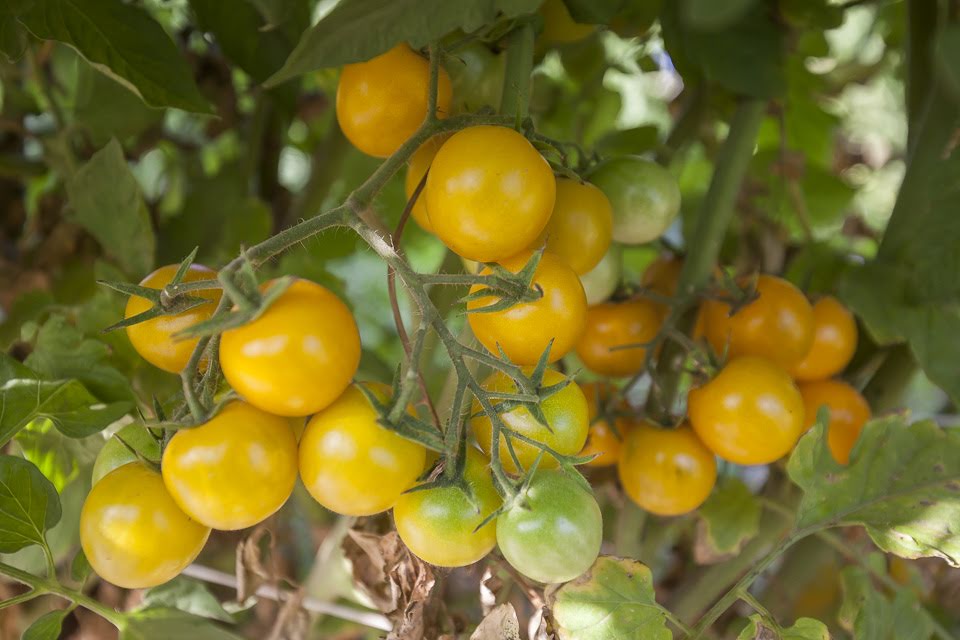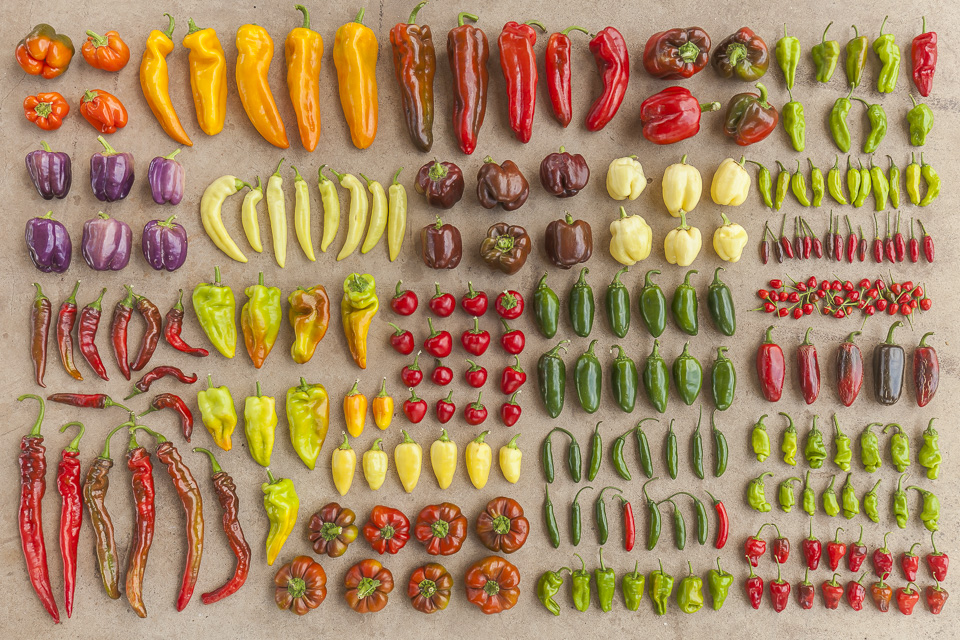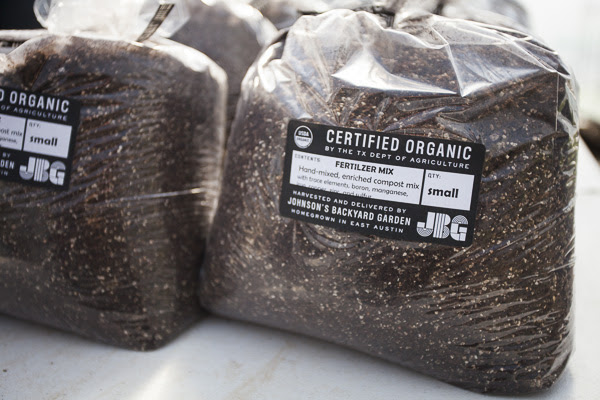
ALL HAIL THE CARROT
03/06/20 — Ada Broussard
Two quick reminders before we jump into talking about our favorite crop.
- This weekend we are hosting our Transplant sale on Saturday (3/7) and Sunday (3/8). The address to our farm where you’ll find the transplant sale is 4008 River Road, Garfield, 78612. Please use this address; Google may lead you to our other location! In addition to Sunday’s transplant sale, we are also hosting a Gardening Workshop. Workshop details and tickets here.
- You can still order transplants online for delivery to a farmers’ market. *Please note that we have already passed the cutoff to order transplants for delivery this weekend. Order by Thursday night for same-weekend delivery. Otherwise, you can order and expect a delivery the following week. Order transplants here.
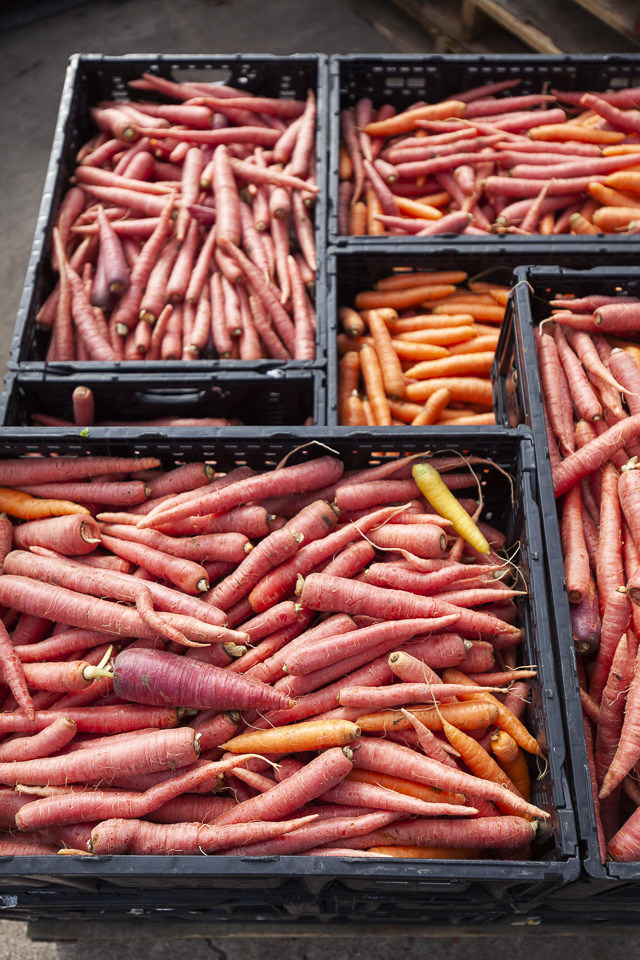
Okay, now onto carrots. Mackenzie’s beautiful carrot tostada recipe this week had us pondering the special place carrots have in our hearts… and farm. Thus, we decided to share a bit of carrot history that we first shared back in 2016. We still love carrots.
You like them. Your kids like them. Your farmers love em. We're eating carrots like they're going out of style at the farm these days, so this week on the blog, we wanted to shed a light on one of our favorite crops, Daucus carota. This crisp and crunchy taproot has a lot more to it than meets the eye (they're also great for your eyes), so read up, eat up, and enjoy!
Carrots: A Brief History
Wild ancestors of our modern-day carrots have been around for nearly 5,000 years. These carroty roots were woodier, bitter, and thinner than what we grow today, and grew wild in modern-day Afghanistan. And that bright orange root we're used to? Think again - the original carrots came in a variety of colors - purple and yellow were prominent, but black, red and white carrots were also consumed. You read that correct - no orange at all! As early farmers bred these plants for plumper and tastier roots, seeds were also traded to other growing civilizations - images of purple carrots adorn the tombs of some ancient Egyptian pharaohs!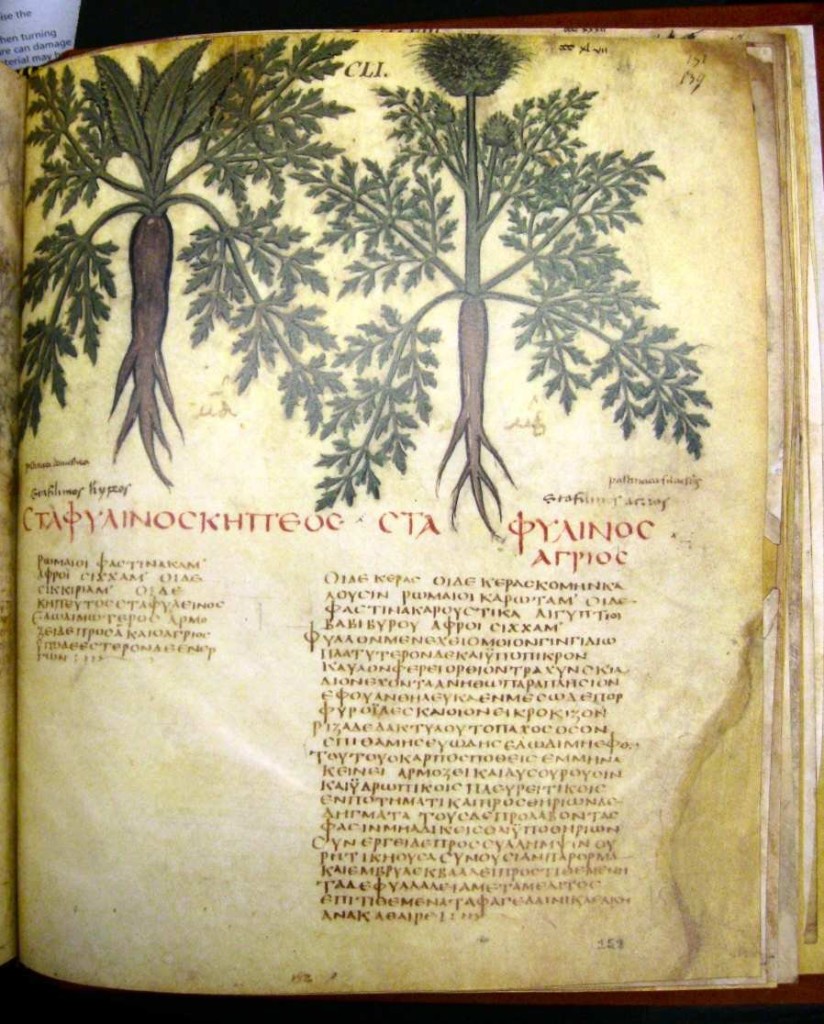 7th century depiction. Courtesy of the World Carrot Museum
7th century depiction. Courtesy of the World Carrot Museum
Carrots reached Europe by the 13th century, and were often prescribed as a medicinal plant, used as an aphrodisiac and for numerous ailments, including animal bites. By this time, the cultivated carrots were most often red, yellow, and purple, and closer in shape and size to the carrots we are familiar with today. The first appearance of an orange carrot was in the Netherlands in the 16th century, around the time that William of Orange led the Dutch revolt against the Spanish empire. Dutch carrot farmers had bred a hybrid of the carrot with a bright orange color due to high levels of beta-carotene, and with the formation of a new Dutch empire, the variety became wildly popular and widely grown in honor of the House of Orange (or so they say). Bet you never guessed your favorite veggie had a political agenda, did you?
Why are they so important?
Aside from their beauty and great taste, carrots have a lot to offer to growers and consumers. They are quite the nutritional powerhouse - just 100g of carrots (or, 2 large carrots) contains over 100% of your daily vitamin A and is also a good source of vitamins K and B6 in only about 40 Calories! The carotenoids in carrots are potent antioxidants, helping your body fight damage on a cellular level.From a farmers perspective, carrots are a wonderful crop. They thrive in cooler temperatures, are fairly resistant to pests and disease, and are a great storage crop. Farmers and homesteaders have relied on the storage life of carrots for hundreds of years, especially in colder climates, to keep their families fed during the cold months. Frosts increase the sugar content of carrots, which means that right now in Texas is one of the best times to be eating these tasty treats!
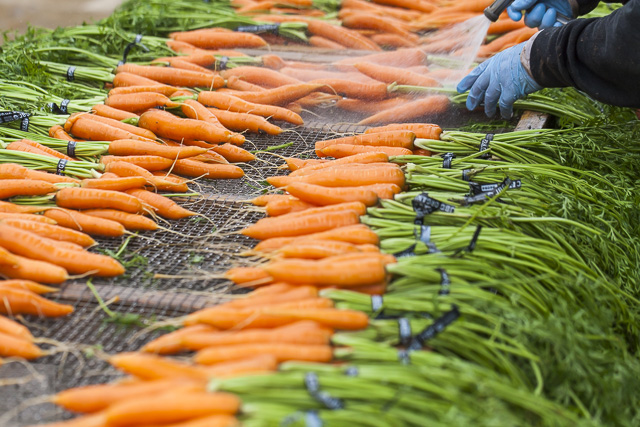
Fun facts:
The Indo-European root ker- refers to the similarities in shape between a carrot and a horn (the originals were white, remember?) Carrots and parsnips were often called by the same name - the first record of a parnsip wasn't until 1753 Mel Blanc, the voice of cartoon character Bugs Bunny, reportedly did not like carrots. Think "baby carrots" are just a fun mini variety? Think again.15 Things to Do with your Carrots:
- Hot Paprika Roasted Carrots
- Campfire Carrots
- Cabbage, Carrot, and Turnip Slaw
- Vietnamese Carrot and Turnip Pickles
- Roasted Honey Rosemary Carrots
- Tostadas with Carrot Top Pesto and Roasted Carrots
- A Simple Carrot Soup
- Carrot, Sweet Potato, Almond Cookies
- Carrot Tangerine Turmeric Juice
- Carrot Hummus
- Spiffed Up Ramen
- Escabeche
- Carrot Cake
- Sesame Ginger and Carrot Soba Noodle Bowls
- French Grated Carrot Salad
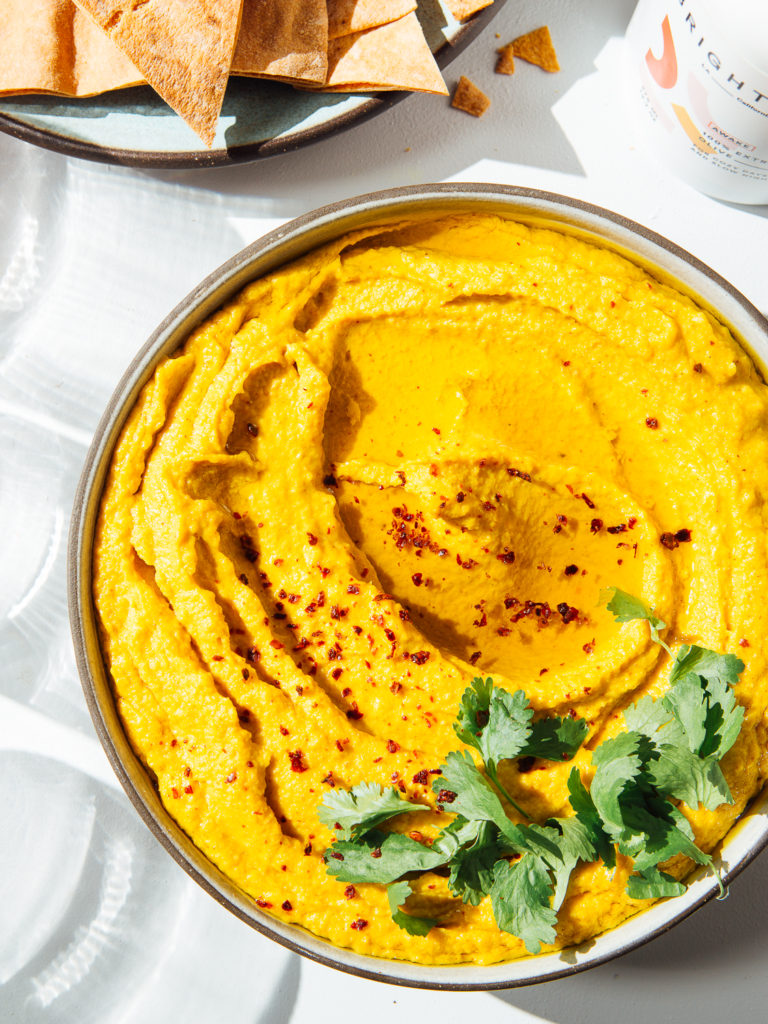 Carrot Hummus. Recipe and photo by Mackenzie Smith.
Carrot Hummus. Recipe and photo by Mackenzie Smith.
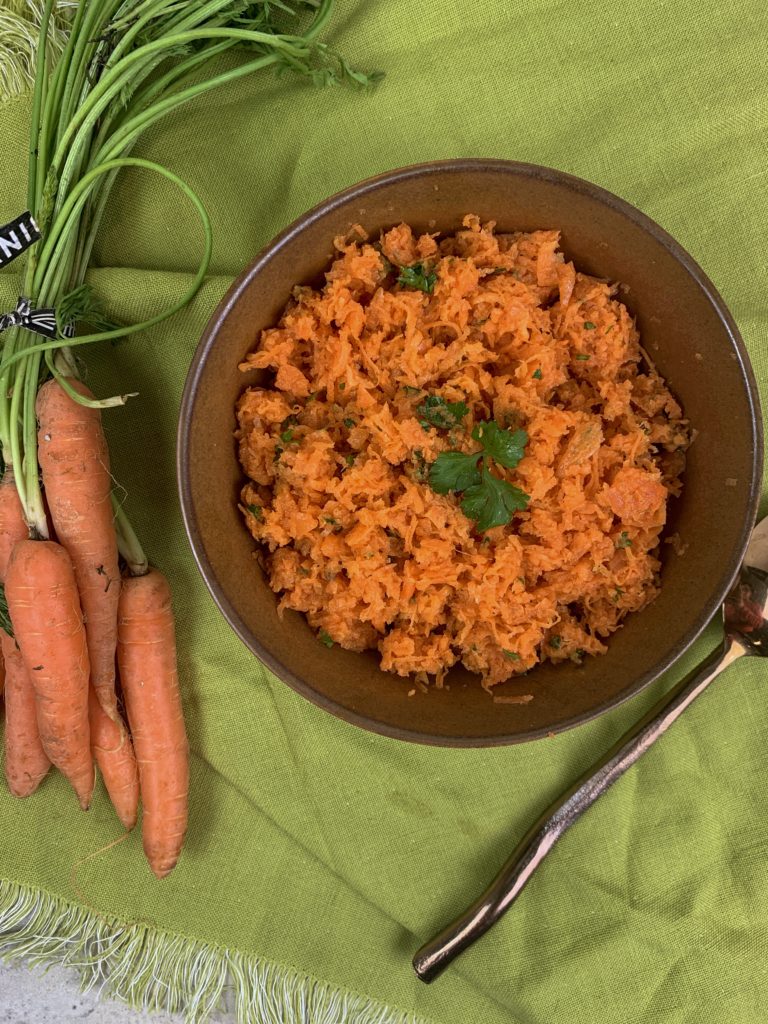 French Grated Carrot Salad. Photo and Recipe by the Migoni Kitchen.
French Grated Carrot Salad. Photo and Recipe by the Migoni Kitchen.
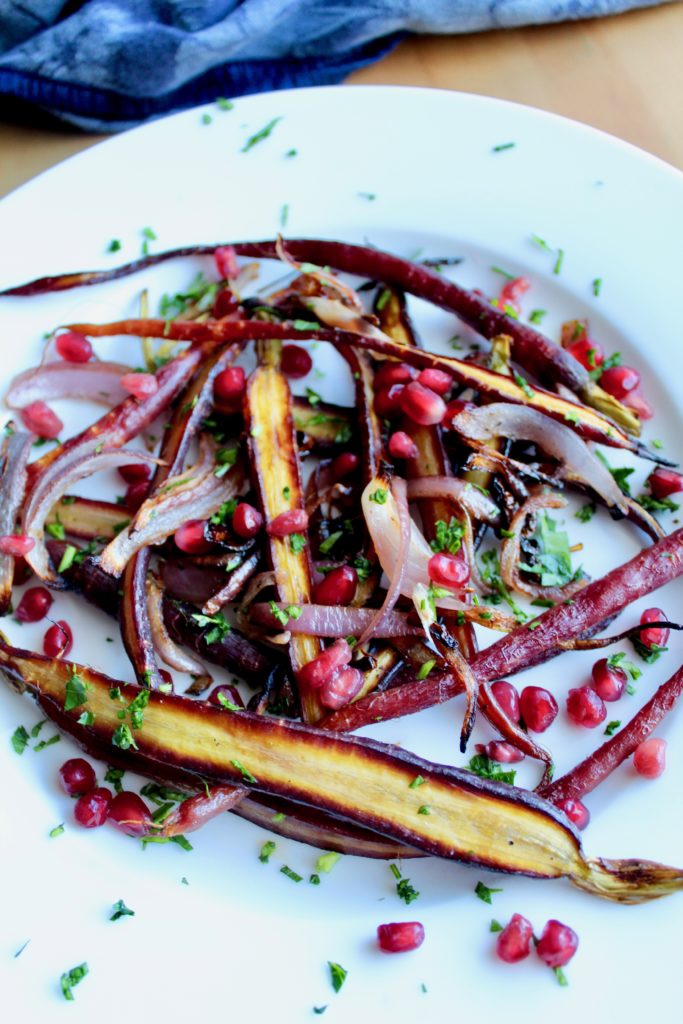 Balsamic glazed red carrots. Recipe and photo by Laura Lee Imhoff.
Balsamic glazed red carrots. Recipe and photo by Laura Lee Imhoff.




 0 ITEMS IN CART
0 ITEMS IN CART 


